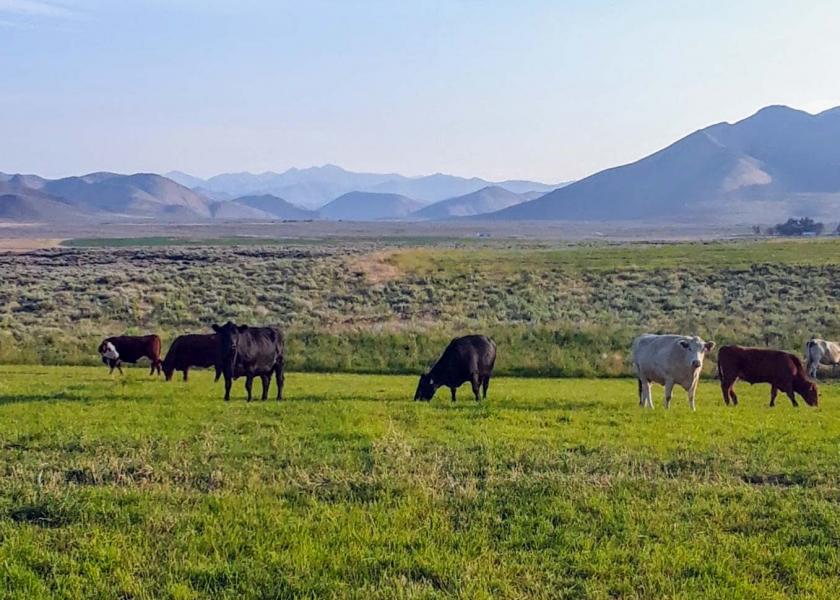Elanco Founding Member of Greener Cattle Initiative

Elanco Animal Health announced its position as a founding member of the Greener Cattle Initiative, a research consortium that expects to award approximately $5 million over the next five years to support research into tangible, actionable solutions for potentially reducing enteric methane emissions from cattle, a key opportunity to help mitigate climate change.
Led by the Foundation for Food & Agriculture Research (FFAR), each member of the consortium will review applications, commit funding to research ideas that show promise, and hold the option to further fund and develop individual projects, a collaborative effort that will speed innovation in an area where every second matters. According to the United Nations1, the world must begin significantly reducing emissions in this decade to prevent irreversible damage to the planet.
“We as an industry have a unique opportunity to be a solution to climate change while delivering nutrition to people who desperately need it,” said Ellen de Brabander, Elanco executive vice president of Innovation and Regulatory Affairs. “We believe the Global Methane Pledge signed by world leaders last week at COP26 shows we are on the right track, and I’m excited to help nurture the science that will propel us down it swiftly and with purpose.”
Most greenhouse gas emissions from cattle production are non-CO2 gases including methane, which is short-lived, staying in the atmosphere for roughly just 12 years. Reducing methane emissions should therefore have a more immediate impact on temperature than gases like carbon dioxide, which stay in the environment for upwards of 1,000 years.
Elanco’s backing of the GCI represents an important next step for the company’s climate-focused work. In September, Elanco – in partnership with Agri-Pulse – hosted the Sustainable Solutions for Zero Hunger by 2030 Forum which brought together 600 global industry leaders and livestock producers to reimagine the way animal protein gets to tables, reducing its environmental impact and building a more resilient global food system.
To learn more about what Elanco is doing to further the conversation on climate change, the company’s 2030 Healthy Purpose™ Sustainability/Environmental Social Governance Pledges, including removing 21 million tons of emissions from customers’ farms, and the importance of animals as a solution to climate change, please visit https://www.elanco.com/en-us/sustainability/animals-are-the-answer.







